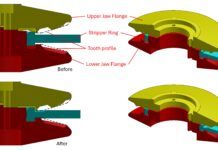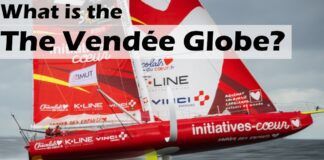There are those among us who tend to go through cell-phones and other small electronics like candy. Most anything not tied to the boat is at risk of being dropped overboard-keys, tools, handheld VHFs and GPSs-and more likely to die by
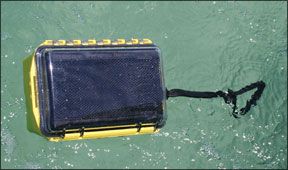
288
drowning than old age. For us, keeping a drybox onboard or in the dinghy is well worth the investment. Its useful for storing important paperwork, other valuables, and electronics.
There are several different brands of dryboxes on the market. We checked out the UK UltraBox 408, a submersible (to 30 feet), crushproof box that comes in a range of sizes and is made by Underwater Kinetics (the maker of one of our Recommended LED flashlights, Practical Sailor December 2007). The box is made of bright yellow, high-impact plastic, so its easy to spot. It comes with a Lexan top that is rated to keep out water, dust, and “corrosive gases.”
The UK UltraBox 408 we reviewed passed ease-of-use, float, and submersion tests
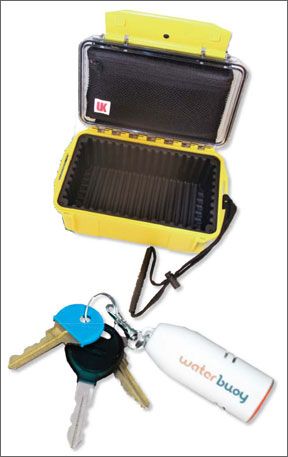
189
without a hitch. It is comparable to other high-quality boxes and comes with a limited lifetime warranty. We found it for $22 at www.leisurepro.com. A similar product is the Pelican 1120, which we found for $30 at www.diversdirect.com.
Waterbuoy
For those items that can withstand a dunk in the drink, like keys and waterproof tools and electronics, a small flotation device will do the trick. Enter the Waterbuoy by UK-based Seatriever International.
Similar to the Davis Key Buoy we reviewed in December 2006, the Waterbuoy is a plastic key-fob that inflates like a balloon when it is submerged.
The maker claims it can hold up to 1 kilogram (2-ish pounds)-about twice what the Davis can float-for 24 hours, compared to the Davis 40 minutes or so.
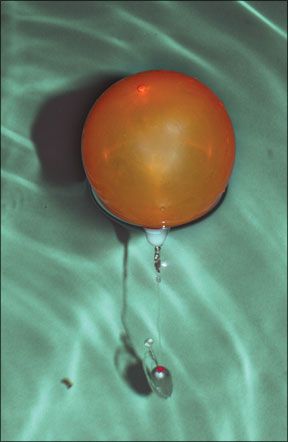
195
Another difference is that the splash-resistant Waterbuoy has a high-intensity LED that activates when the device inflates, making it easy to find at night.
We tested the Waterbuoy with 2 pounds of lead weights in a freshwater pool. The orange, high-strength rubber balloon inflated immediately and floated the weights for about 12 hours, less than maker claims but ample time for retrieval in most conditions. The light, however, was still going after the one-day mark. Testers found the balloon more difficult to grasp during retrieval than the Davis buoys rectangular air bladder.
We found it at www.apsltd.com for $32-way more than the $7 Davis. Unless you can’t live without the light, the Davis is a better value, in our opinion.


















